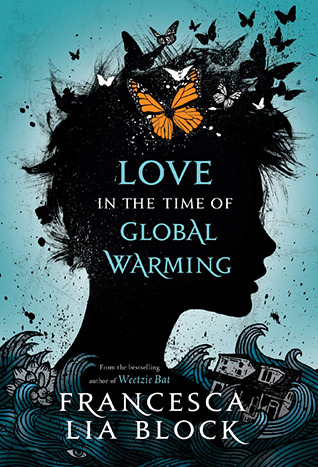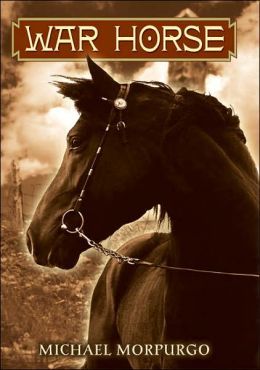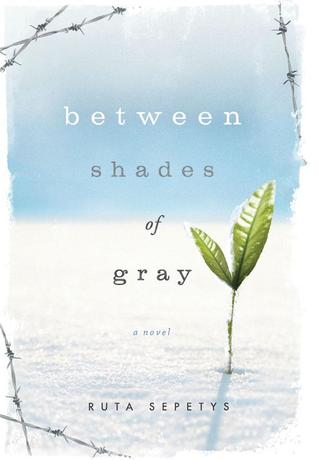Alright, back to finishing the YA Literature posts it is. Let's plow through these and get to book reviewing!
Week Seven's theme was non-fiction, and I warn you, this was the week that my partner (Katelyn) and I were responsible for book talks, so not only did I read the three books required for class, I also read something like 6 or 7 other books, too. It was an intense week of reading and I'm just going to plow through a bunch of books at once. I'm only going to give overall impressions of the books instead of my normal delights and defects model. Too many books, too little time. This post is long, too. Sorry not sorry.
The three assigned books for this week were Steve Sheinkin's
Bomb: The Race to Build -- and Steal -- the World's Most Dangerous Weapon, Phillip Hoose's
Moonbird: A Year on the Wind with the Great Survivor B95, and lastly, Anton Treuer's
Everything You Wanted to Know About Indians but Were Afraid to Ask. Each of the title's holds the link to the Goodreads' description of the book, as always.
My favorite assigned book of the week was definitely Sheinkin's
Bomb.

When I initially saw the book, I thought that it was going to be just another Manhattan Project story, but I was pleasantly surprised to find out that it was so much more than that. It was obvious to me within the first few chapters of this book why it won the Siebert Award. Not only does Sheinkin cover the Manhattan Project and Los Alamos, but he also delves into the spying done by Germany, Russia, and the United States surrouding the atomic bomb projects, the missions that were run to destroy the efforts of other nations to create their own nuclear weapons, and a thousand other very interesting details about a HUGE variety of people that helped in the creation of the atomic bomb. Sheinkin makes the subject matter interesting and the book reads much more like a novel than a typical non-fiction text. There are very few photos throughout, but the prose carries the subject matter so well, that they aren't necessarily required. I definitely would recommend this book to just about ANYONE; male, female, adult, teen, pre-teen, it's going to interest everyone and keep them on the edge of their seat. This book would definitely be a great addition to the social studies curriculum when students are studying WWII (and possibly even the Cold War). Great overall, I really enjoyed this one!

Moonbird was okay, but it definitely was more "traditional" non-fiction and definitely for younger readers. I could see purchasing this one for upper elementary kiddos. The photos are pretty fantastic and the graphs and other infographics included in the text are on point, but I felt like there are other comparable "animal" books out there that are of an equal quality.

Everything You Wanted to Know About Indians is written in Q&A format and contains most of the questions that people might be interested in knowing the answer to. From religious beliefs, cultural information, and a variety of other subject areas. The book reads a little more like an adult book, but it would be great for upper level teens or as a classroom resource for classes that are learning about Native Americans. I enjoyed how frank and straightforward the answers that Treuer provides and he makes the point to really point out that his answers are for some, not all tribes and native peoples. It was great, if a little dry or boring when read as a whole, but if you were picking or choosing individual questions you were interested in, it wouldn't be quite as dry.
The additional texts I read and then book talked were meant to be 'read-alikes' or fiction pairs for the non-fiction text. Working with Katelyn, we ended up going above and beyond (oops?) and including digital resources and more than the 2-3 other texts we were supposed to talk about. If you want a full view of our resource, you can find it
here via Google Drive. My books start with the Manhattan Project/Atomic Bomb books.

My fiction pair for Bomb was Green Glass Sea by Ellen Klages. I love this book and it's a fantastic pair for a younger reader, especially for a female reader, of Bomb. It's basically a kid's perspective on Los Alamos during the build of the atomic bomb and it's a Newbery Award winning book, too! The librarian in me also loves that the main character is named Dewey - yup, like Dewey Decimal System Dewey. The target audience for this novel is definitely 5th/6th graders, though. The main character is only 11-years-old. You might be hard pressed to get an older teen to read it.
Read alikes that I chose included Truce: The Day the Soldiers Stopped Fighting by Jim Murphy and An Inconvenient Truth: The Crisis of Global Warming by Ale Gore. Murphy's Truce was done in typical Murphy style: great images, excellent prose, and well produced layouts. I loved it and I had a fiction pair in mind when I picked it for my project.
I loved An Inconvenient Truth even more, though. The images were breathtaking, the infographics COMPLETELY made sense and really put the global warming crisis into perspective, and Gore's very 'personal' and friendly writing style made the information so very accessible. Seriously. If you haven't read it, it's totally worth it. I read the adult version of An Inconvenient Truth and I felt like the version produced for teens was significantly more interesting and easier to understand. No, I don't feel bad liking the teen book more.
The fiction pairs for the two read alikes were Love in the Time of Global Warming
by Francesca Lia Block and And the Soldiers Sang by J. Patrick Lewis & Gary Kelley. And the Soldiers Sang was a little a-typical for a pairing as it's actually a picture book for a slightly older audience. I did order this book when I was working in an elementary library and it's definitely a tear jerker - the illustrations are beautiful and touching and they fit the text so well. It's a perfect pair for Murphy's non-fiction book about the Christmas Day Armistice, as it covers the same exact subject from different perspectives. Love in the Time of Global Warming is a modern day Odyssey (REALLY REALLY REALLY the Odyssey) with a post-apocalyptic feel. I warn you, like Francesca Lia Block's other works, there is homosexuality, sex, and other 'adult' topics, including violence (hey, in the Odyssey, the men blind a cyclops... and it happens in this book, too!). It definitely has FLB's typical "magical realism", though, and it definitely made me want to read the other books in the series to continue the adventure.
That's it for this week. I'm a big fan of non-fiction texts, though, so it was the right week for me to go read-crazy. Eight more weeks of YA Literature to go. Keep an eye out for future blog posts, which I PROMISE won't be nearly as long winded.

























